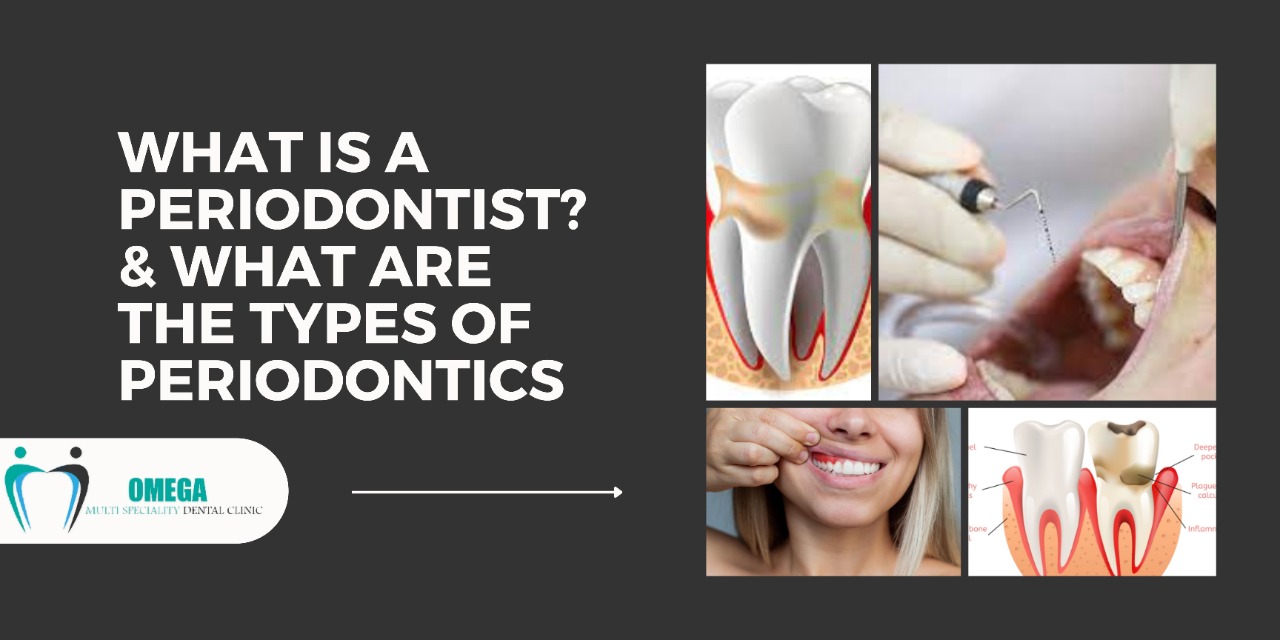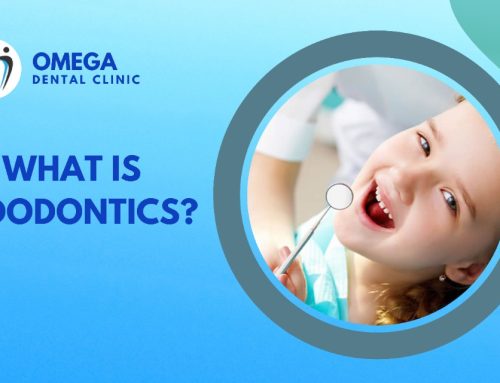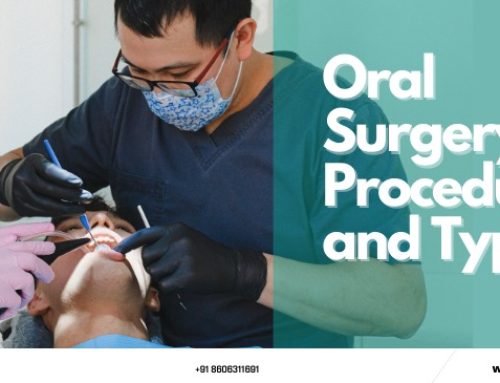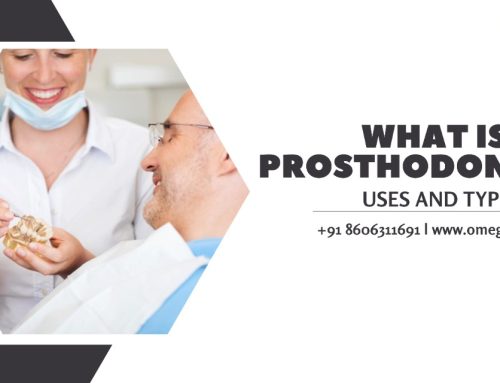The word periodontics comes from a Greek word: ‘peri’ means around and ‘odont’ means tooth. A periodontist is a dentist who is specialized in the diagnosis, prevention, and treatment of gum diseases. It is a means of dental specialty, which treats the conditions that affect the tissues around your teeth, gum recession, and gum diseases. A periodontist performs surgical treatments and they will refer you back to your general dentist when your tooth is completely recovered. Those who have gum diseases may undergo treatment far beyond what a general dentist can do. Other people who are prone to gum diseases must visit their doctors regularly for routine cleanings at their dentist’s office.
What is the job of a periodontist?
A periodontist is someone who treats oral health issues, he is capable of conducting surgeries for gum treatments and recessions.
- Gingiva
- Periodontal ligament
- Cementum
- Alveolar bone
Now let’s see the different types of procedures periodontists perform.
A periodontist performs a wide range of periodontal treatments which include root planning, scaling, and several tooth surgeries.
-
Periodontal maintenance
As the name suggests, it basically refers to a type of teeth cleaning. It is similar to the regular cleaning that a general dentist would provide. But an added benefit when it comes to a periodontist is that they check your gum health and also your pockets around the teeth. It is suggested that you need to visit your doctor every 3 to 4 months if you face gum problems so that a periodontist can provide and recommend a cleaning schedule that is apt for your teeth.
-
Scaling and root planning or SRP
Scaling and root planning (SRP) is another word suggested for deep dental cleaning. In order to do scaling and root planning, you need to take anesthesia to numb your gums. This process provides your periodontist to clean your teeth underneath your gum line, where it is a hiding space for all the harmful bacteria. Now we will come to the benefits of scaling and root planning, after this process, the surface of the teeth roots will be smooth and it helps in not building up bacteria and plagues in the future. Scaling and root planning is mostly recommended for stage one of gum diseases.
-
Performing periodontal surgery
A job of a periodontist is to mainly perform gum surgeries. Now we are going to discuss some known surgical periodontal treatments.
- Gingival flap surgery: These surgeries are also known as pocket reduction surgery. These surgeries are mainly done for moderate to severe gum diseases. In this procedure, your doctor cuts open and gently moves your gums away from your teeth, so that the doctor can see if there is any infection inside your gum line. After thoroughly studying and cleaning your teeth, your periodontist repositions your gum tissues and stitches back into their place.
- Gum grafts: In this treatment, a periodontist treats gum recession. Those people who are affected by gum recession lack healthy gum tissue around the teeth. Gum grafts are done by the periodontist to add an extra layer of tissue to the area where your gums are weak and thin.
- Tooth extraction: tooth extraction is the extraction of hard-to-remove teeth from your mouth. This process is done when any of your teeth have broken off at the gum line.
- Dental bone grafts: The major cause of periodontal infection is the eroding of the bone which supports your teeth. So, your periodontics replaces your bone by just bone grafting in that area. They purchase bone grafting material from the bone and tissue bank.
- Surgical crown lengthening: there are times when your tooth just breaks off near the gum line and you notice there is not enough place for dental crowning. In this case, your periodontist removes some millimeters of your bone tissue so that there is enough space for the crowning to fit in.
- Smile lift: some people are really insecure about their smile just because it shows some excess gum tissue in their teeth. This treatment is useful for people who wish to improve their appearance the smile. In this treatment, the doctors remove gums and small amounts of bone around the teeth. Your periodontist may either recommend a stand-alone procedure or a combination with veneers.
- Frenectomy: frenum is known as a band of connective tissues that basically connects one part of your body to another. There are two types of frenum they are lingual and labial. The labial frenum gives a connection from your lips to your gums and the lingual frenum is connected from the tongue to your gums. If your frenum is tight then this causes issues like gum recession.




